Following its mission to the country, the IMF indicated its willingness to cooperate with the authorities in establishing a comprehensive economic reform plan based on sustainable public finance and debt trajectories and a restructuring of the financial sector. Furthermore, development assistance in grant form is expected to reach $1.6 billion in 2024, or 7% of GDP.
Lebanese authorities formally request an IMF program
The IMF Mission Chief for Lebanon, Ernesto Rigo Ramirez, conducted a mission to Beirut from May 10 to 13. During this mission, the Lebanese authorities formally expressed their request for the resumption of negotiations with the IMF with a view to reaching an aid program.
Ernesto Rigo Ramirez held meetings with the President of the Republic, the Prime Minister, the Speaker of Parliament, members of the government, and the Acting Governor of the Banque du Liban. The IMF stated, in a statement issued at the end of its mission, its readiness to cooperate with the authorities in establishing a comprehensive economic reform plan based on sustainable public finance and debt trajectories and a restructuring of the financial sector.
The IMF also mentioned reforms aimed at stimulating economic growth, improving the governance of public institutions, and strengthening the quality of macroeconomic data for greater transparency and effectiveness of public policies.
Grant aid to reach 7% of GDP in 2024
According to data aggregated by the United Nations, development aid in grant form is expected to reach $1.6 billion in 2024, or 7% of GDP. Germany was reportedly the largest donor (20% of the total), ahead of the United States (20%), the European Union (18%), France (8%), and the United Kingdom (5%). In total, the EU and its member states accounted for 56% of the aid grants received by Lebanon.
In addition to this aid grant, there are ongoing disbursements of various World Bank loans. According to harmonized OECD data, Lebanon received an average of $1.5 billion per year from 2019 to 2023 in Official Development Assistance (ODA), 39% of which was dedicated to humanitarian activities and the vast majority of the remainder to social services.
This financial effort by the international community is accompanied by a situation of aid dependency in certain sectors (health, education, social safety nets, agriculture, environment). The anticipated reduction in USAID activities could therefore have a significant impact on certain sectors and, consequently, on the Lebanese economy.
Source: French Embassy in Lebanon


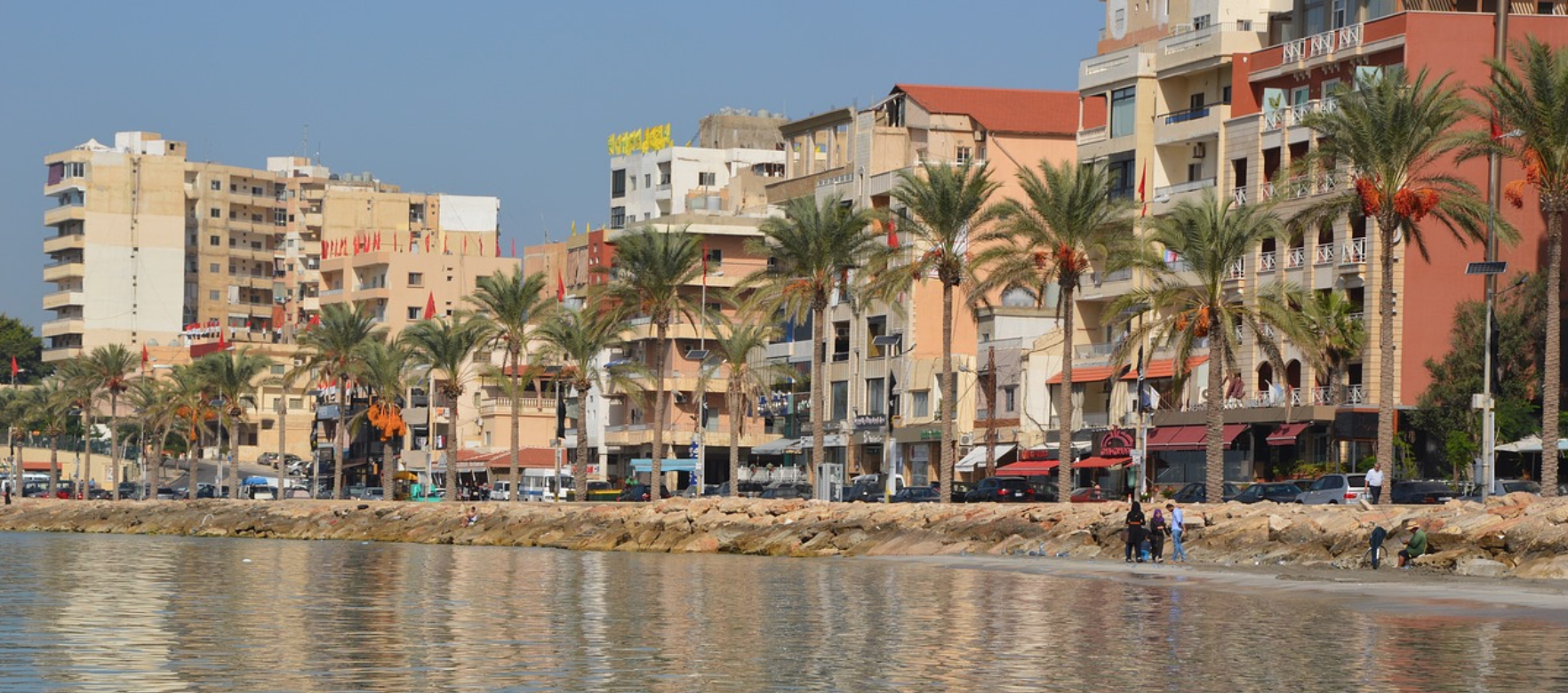
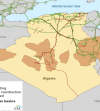
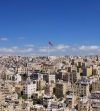

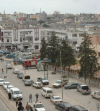

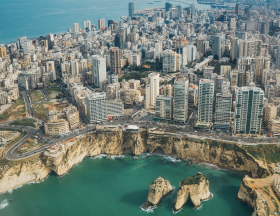

Réagissez à cet article